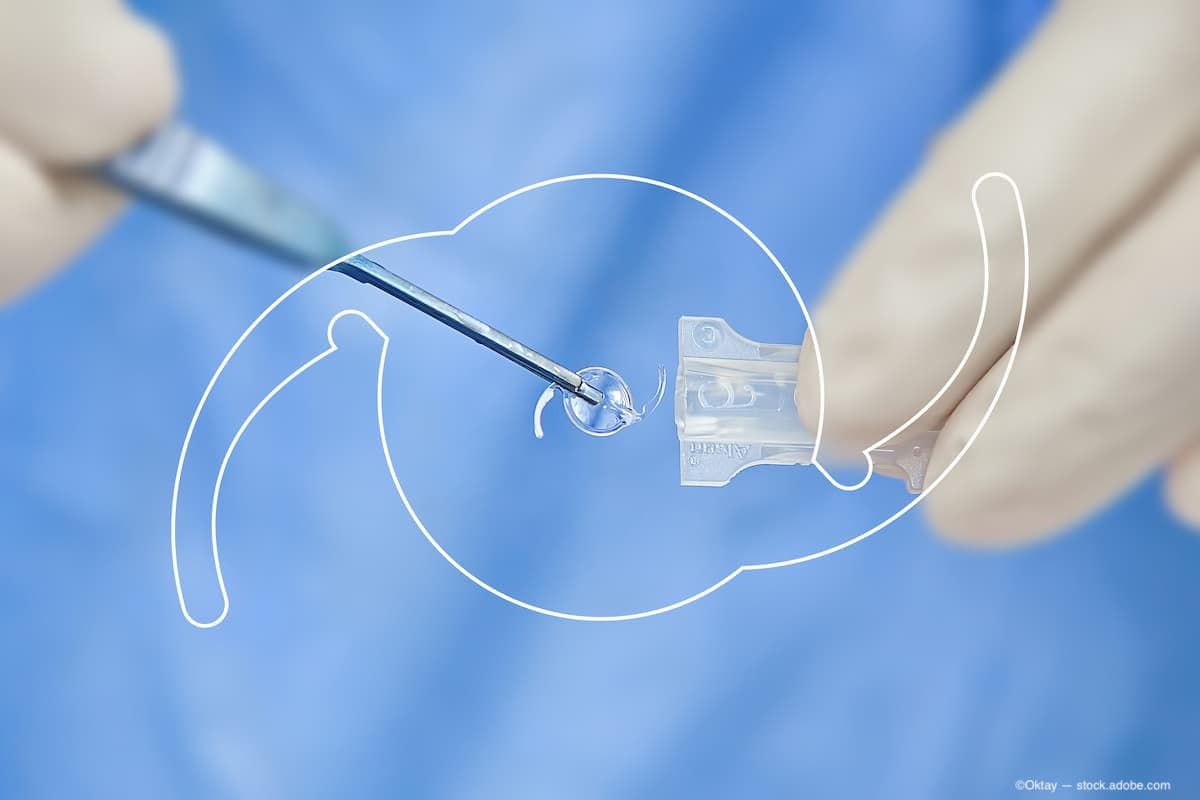Article
IOP-lowering benefit of phacoemulsification
Numerous reports show that phacoemulsification lowers IOP, but further research is needed to understand what mediates the change, according to Douglas J. Rhee, MD.
Boston-Numerous reports show that phacoemulsification lowers IOP, but further research is needed to understand what mediates the change, according to Douglas J. Rhee, MD.
“We have known for many decades that IOP is reduced after phacoemulsification cataract extraction in both glaucomatous and non-glaucomatous eyes,” said Dr. Rhee, associate professor of ophthalmology, Massachusetts Eye & Ear Infirmary, Harvard Medical School, Boston. “However, the exact mechanisms by which cataract surgery lowers IOP remain largely unknown.”
According to data from various investigators, IOP decreases by an average of between 1 and 9 mm Hg after phacoemulsification. Interestingly, circadian fluctuation of IOP appears to be unaltered after phacoemulsification, except perhaps in eyes with pseudoexfoliation, Dr. Rhee said.
Research showing that the magnitude of the change in IOP after phacoemulsification depends on the degree to which lens removal increases anterior chamber angle depth implicates an underlying mechanical aspect, he continued.
“Somewhat surprisingly, in research measuring angle width before and after cataract surgery, the impact on IOP was greater in eyes with a narrow angle than in those with an open angle, even when the absolute change in angle width was the same,” Dr. Rhee explained.
Findings from an experiment conducted by Joel Schuman, MD, and colleagues at the University of Pittsburgh suggest a possible molecular mechanism for the IOP-lowering effect of phacoemulsification that is seen in healthy and some glaucomatous eyes. By measuring levels of interleukin-1α in cultures of trabecular meshwork cells, they found that the sublethal stress response, which is constitutively present in glaucomatous trabecular meshwork cells, was activated in normal trabecular meshwork cells after exposure to ultrasound energy. Expression of interleukin-1α by trabecular meshwork cells taken from glaucomatous eyes also increased following ultrasound treatment.
“An underlying molecular mechanism for the IOP-lowering effect of phacoemulsification in normal eyes remains elusive,” Dr. Rhee said.
For more articles in this issue of Ophthalmology Times eReport, click here.
To receive weekly clinical news and updates in ophthalmology, subscribe to the Ophthalmology Times eReport.
Newsletter
Don’t miss out—get Ophthalmology Times updates on the latest clinical advancements and expert interviews, straight to your inbox.





.png&w=3840&q=75)













